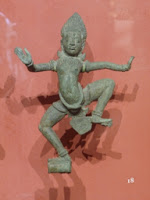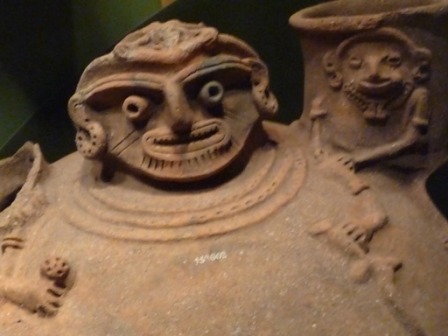General comments about iO from the class:
as others have noticed before, iO’s shows are not particularly theatrical: while they acknowledge the lighting person, there are very rarely any lighting or musical effects in the show (with some notable exceptions).
stagecraft is often lacking (and deemed not as important as connecting with the other player). People can play entire scenes with their back to the audience.
Character:
never play a character who you judge/dislike: you need to find something in the character that you want / like / undersatnd.)
apathy is not a choice (as an emotion for a character) – make characters who have opinions and feel things
Scene Painting:
scene painting (where players take turns to describe a room) was heightened when the whole cast moved to the object and mimed around it (as a player it felt supportive and helpful that everyone was focused on one thing)
include sounds and smells in the scene you paint
Mapping
where you take a classic exchange (e.g.flat mates arguing about the rent, the cleaning, etc) into a different context (e.g. a dentist’s office).
we had a lot of fun with this. Some of the classic conversations we mapped across were: spouse I think you’re seeing someone else (baseballer and coach); a job interview (proposed camping trip). There are similarities between this and metaphor songs.
Marla, our teacher, is in Whirled News Tonight, she says they use a mapping scene frequently there (2 people are Iraq and America for example)
Hints on Armando:
monologues which include sensory details (smells, tastes, sound, pictures feelings AND words) are most important
straight retelling of the monologue is NOT the object. At no stage do you retell an incident (transpose it, map it, heighten it, but use a different context at least).
things you can pull: subtext, concepts, details, relationsihps, characters, environjments, time periods.
three types of pulls: thematic – big ideas; commentary – commenting on behaviours, ideas or opinions through a scene (absurdity of human behaviour); tangential – take a seemingly unimportant detail and make it into a scene.
if you do an Armando based purely on tangents (and no themes), then it feels thin, lacks depth
even though a monologue might be about something (e.g. rockets, the THEMES are about the opinions /emotions expressed or suppressed, NOT about rockets or science as such).






